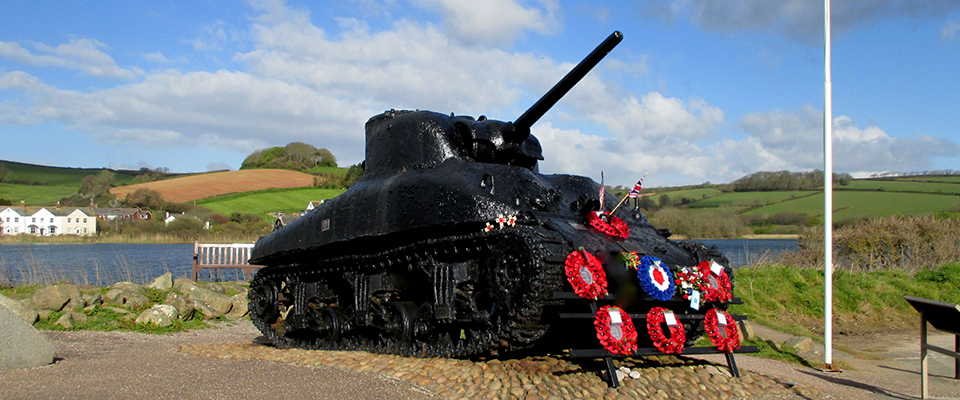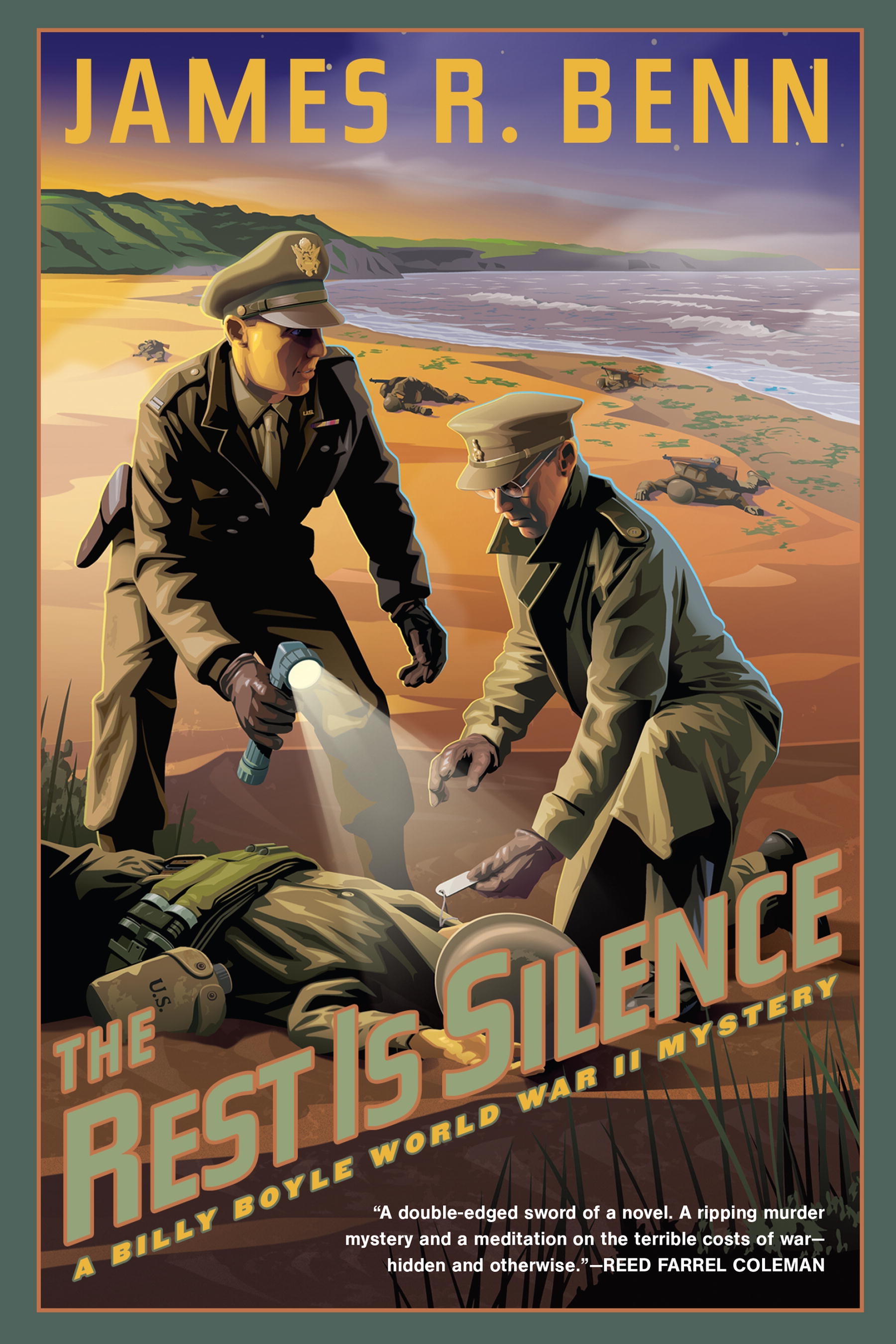The logistics for
this exercise were considerable. If Slapton Sands were to be used for this
exercise, the nearby village and surrounding area had to be evacuated, which
meant “3,000 people from about 750 homes, farms, shops and pubs that made up
the villages in the prescribed area, all had to be moved out.” One of the
problems was overcrowding: where were they going to put everybody? Plymouth,
Weymouth, Exeter and Torquay had been heavily bombed by the Luftwaffe; children
and entire families had been evacuated to the countryside because it was
considered safer; “by the beginning of 1944 there were tens of thousands of
American soldiers dotted around the south-west of England involved in training
exercises.”
“During the
original planning of the exercise nobody had foreseen that Royal Navy might need
to get in touch with the US Navy, so it was a situation that had never been
addressed. They were operating on two different radio frequencies.” Consequently
when the commanding officer delayed the timing of the exercise by an hour, this
was not communicated to those involved in shelling the beach with live
ammunition and the ground forces firing live rounds over the incoming troops –
General Eisenhower believed that live ammunition was as an important factor set
to harden the troops to the harsh reality of a naval bombardment. Originally these
incidents had been planned an hour apart, but they ended up taking place
simultaneously.
Two Royal Navy
vessels should have been protecting the convoy of seven American landing craft,
but one of them had been accidentally rammed the day before and was being
repaired. Once again, this was not communicated between navies and so the
convoy only had one escort, and the German E-boats were able to nip in
unimpeded and fire torpedoes upon it: the LST-507 caught fire and was then
abandoned (with 71 deaths); the LST-531 sank after suffering torpedo strikes
(with the loss of 114 lives); the LST-289 was set on fire but managed to reach
the shore; and the LST-511 was damaged by friendly fire in the resulting chaos
and confusion. Many other servicemen drowned, waiting to be rescued. “It is
believed a number of men died during Exercise Tiger because they were wearing
their lifebelts incorrectly; some were also faulty. In fact, most of the
casualties that died off Slapton Sands on 28 April 1944 did so from either
hypothermia or drowning.”
One of the big
remaining questions is whether the entire incident was deliberately covered up,
and Wynn has tried to find answers. He explains that in 1954 the Americans
officially confirmed the deaths from the E-boat attacks and there are personnel
lists available of those killed in the incident. “But I have not seen a similar
admission in relation to the friendly fire incident that took place on 27 April
1944, nor have I ever seen a list of those who died or how many there were.” This
may begin to stray dangerously into conspiracy theory territory, but he tries
to lay out the facts as he sees them.
While these
ideas may be far-fetched, he talked to many “ordinary people” while researching
his book and heard similar stories from Americans and British alike. He
questions how there can be so many people who remember the events of 27 April
1944 if they never took place, as stated in repeated denials by official bodies.






